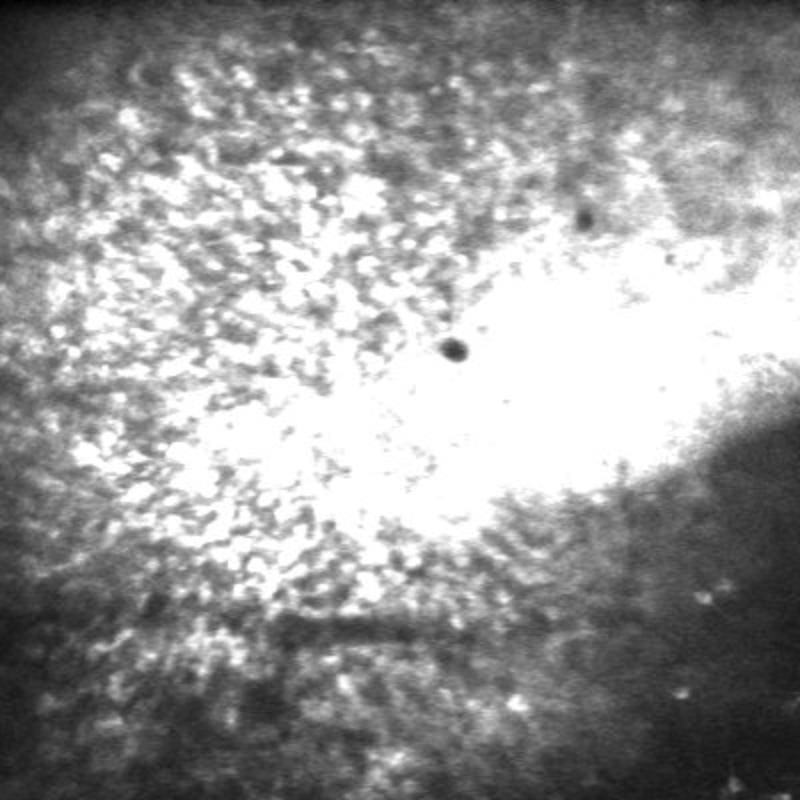Bonn researchers discover mechanism for postictual wandering in epilepsy
Researchers at the University Hospital Bonn (UKB), the University of Bonn and the German Center for Neurodegenerative Diseases (DZNE) have identified a mechanism that triggers the so-called postictual wandering in people with temporal lobe epilepsy. These are depolarization waves, known as spreading depolarization (SD), which occur after epileptic seizures and paralyze neuronal networks for minutes to hours. The results were published in “Science Translational Medicine”.
Postictual disorders such as confusion, speech problems or disoriented walking around occur after epileptic seizures and can be life-threatening, for example when those affected run disoriented into the street. Until now, the seizures themselves were considered the cause. However, the Bonn study shows that SD, which is mainly known in neurological diseases such as migraines or brain injuries, could be the actual cause. These slow waves, which are filtered out in standard clinical EEG, lead to a breakdown of the neuronal membrane potential, especially in the hippocampus, a brain region relevant to epilepsy.

The discovery was made in a mouse model using high-resolution fluorescence microscopy, electrophysiology and optogenetics, which studied network dynamics in the living brain over a period of months. In addition, analyses with depth electrodes in patients with difficult-to-treat epilepsy confirmed that SD also occurs in the human brain after seizures. To this end, the EEG bandwidth has been extended beyond the standard in order to make slow potential fluctuations visible.
The researchers suggest that SD plays a central role in postictual disorders and has been underestimated so far. This could explain why such symptoms are particularly common in temporal lobe epilepsies. The results call for a review of existing studies, as effects may have been wrongly attributed to seizures. In addition, the researchers are suggesting a debate on expanding the international EEG standard to make SD visible in everyday clinical practice.
In addition to the UKB, the University of Bonn and the DZNE, Forschungszentrum J├╝lich, RWTH Aachen University, the University of Veterinary Medicine Hannover and the University of California (USA) were also involved in the study.
Editor: X-Press Journalistenb├╝ro GbR
Gender Notice. The personal designations used in this text always refer equally to female, male and diverse persons. Double/triple naming and gendered designations are used for better readability. ected.




